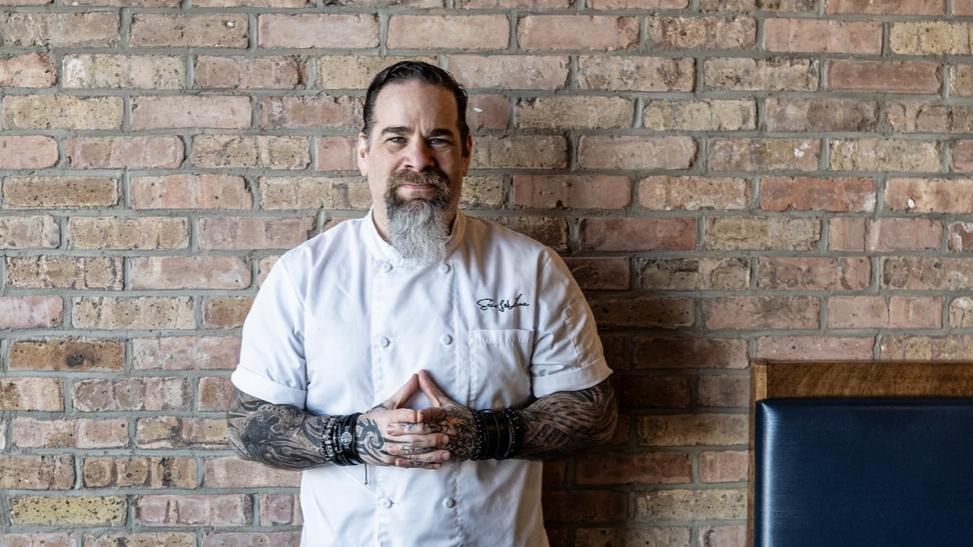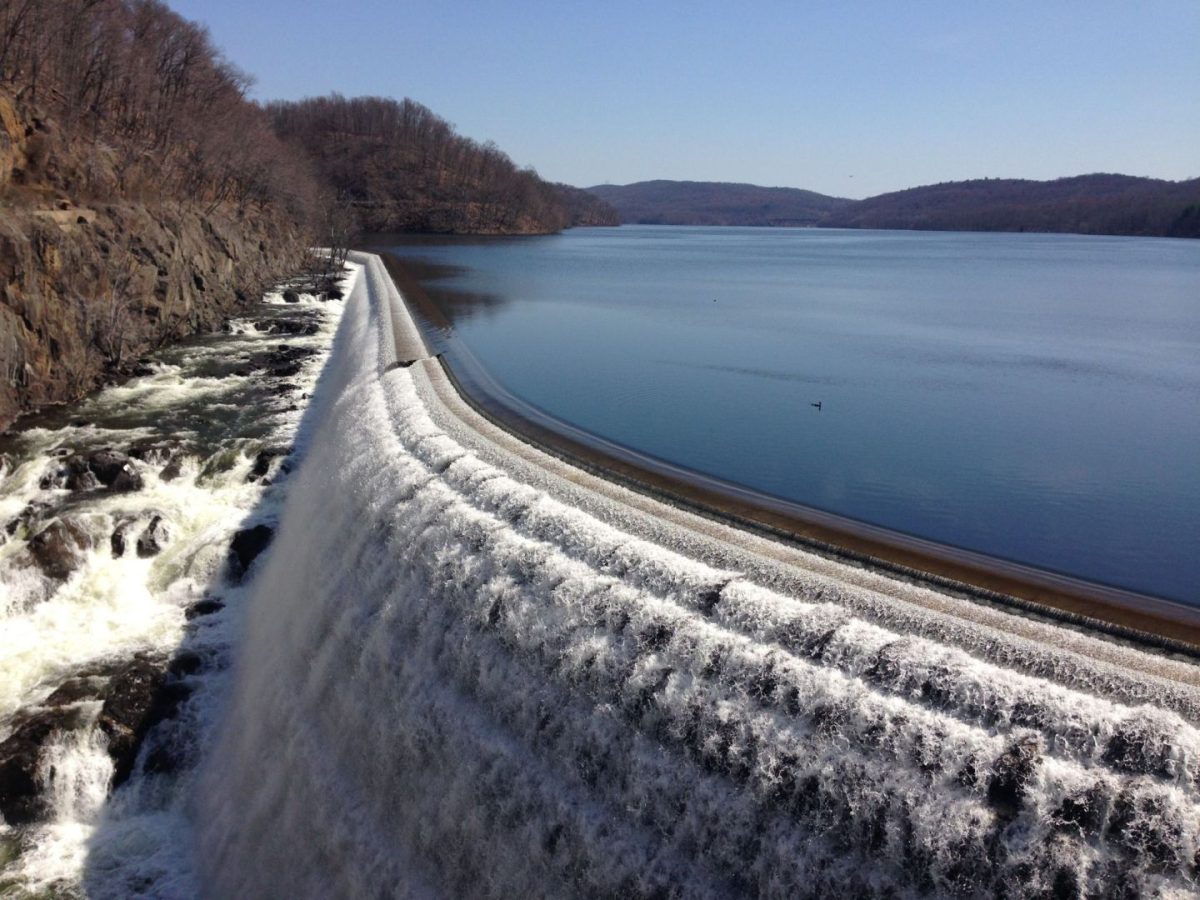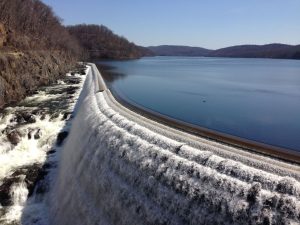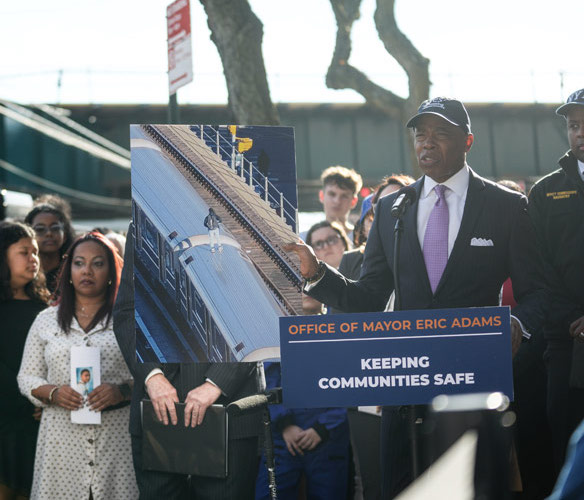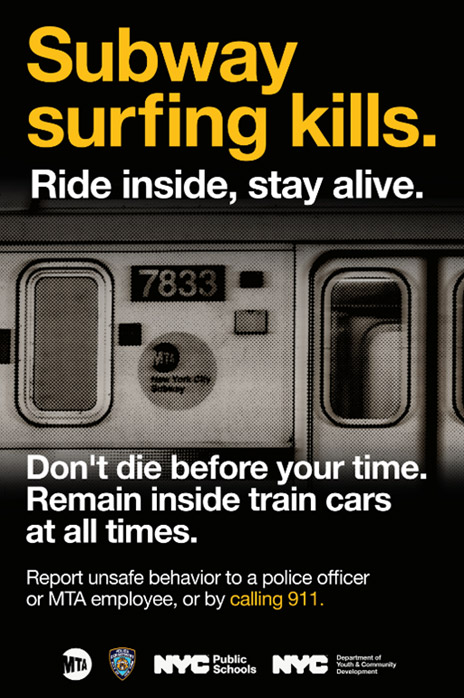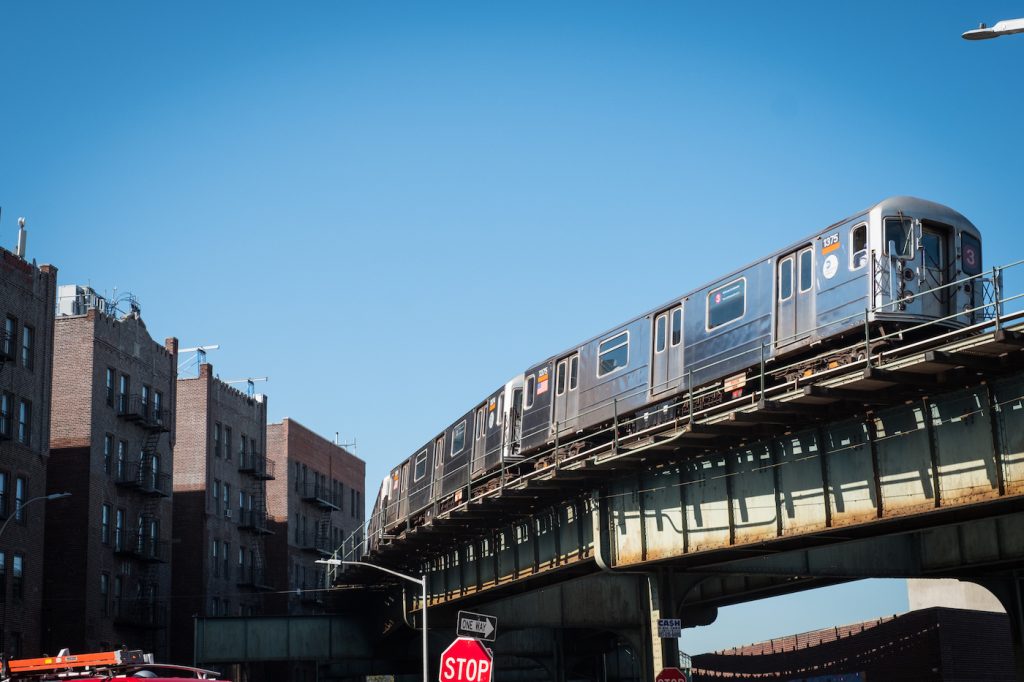
Brooklyn Communities Collaborative convenes leaders in Brooklyn maternal health for a roundtable discussion (Credit: Brooklyn Communities Collaborative).
By Jack Delaney
A new influx of grants is looking to empower a range of local Brooklyn nonprofits to address the nationwide maternal health crisis from the ground up.
On October 30, health equity nonprofit Brooklyn Communities Collaborative (BCC) announced that it was doling out just under $1 million in grants to 10 community-based organizations throughout the borough, with a focus on equipping mothers with better care, supplies, and information.
This money comes as alarm bells sound at all levels of government over health data that shows little progress is being made in reducing serious complications and fatalities suffered by women during childbirth, a problem few other affluent nations face.
In Norway, the maternal death rate is a non-issue: statistically, zero women die per 100,000 live births. In Switzerland, that number is one. Sweden, the Netherlands, Japan? All hover around three.
Yet the U.S. clocks in at 22, the most significant maternal death rate of any high-income country. This rate worsens if you live in New York City, rising to 43. In fact, the greatest determinant of health outcomes for mothers isn’t geography, but race: Black women in the city are nine times more likely than white women to die during pregnancy.
This gap can be explained in part by a deep-seated history of sexism and racism in the healthcare industry, tracing back to slavery. James Marion Sims, the so-called “Father of Gynecology,” developed his techniques in the 1840s through horrific experiments which two enslaved Black women, Lucy and Anarcha, as well as many unnamed others, were forced to undergo without anesthesia. Sims’ statue was on prominent display in Central Park until 2018, when public outcry finally led to its removal — though not without backlash.
This history extends to the lack of access to midwives and doulas in the U.S., which persists despite the fact that both figure prominently in most countries with lower maternal death rates. “Gynecologists pushed women out of the field of reproductive health by lobbying state legislatures to ban midwifery and prohibit abortions,” writes Professor Michele Godwin of UC Irvine for the ACLU. “Doing so not only undercut women’s reproductive health, but also drove qualified Black women out of medical services.”
Today, the enormous discrepancy in maternal health outcomes between Black and white mothers is perpetuated not only by ongoing structural racism in the health system, said Shari Suchoff, Executive Director of BCC, but by chronic disinvestment in many areas.
“It isn’t just a healthcare crisis, it’s not just a nutrition crisis, it’s not an access crisis, it’s not an education crisis,” she noted. “It’s all of those things together. And the only way that we can solve complex problems is by working together with people outside of our immediate sector.”
To that end, the grants engage hyperlocal organizations that collectively represent a constellation of approaches.
One of these is Seeds in the Middle, which is getting $50,000 to offer mothers prenatal movement and yoga classes, breathing classes, emotional support services, and a fresh food pantry.
“Your baby can crawl around. You can have a cup of tea or coffee, something that helps mental health,” said Nancie Katz, the organization’s Executive Director, of creating a space where mothers can access healthy food while decompressing. “It’s preventative. What we know to be true in Black and Brown communities is that the rates of diabetes, heart disease, obesity, premature death, infant mortality, and maternal death are two or three times that of any community that’s wealthier, particularly white communities.”
Suchoff also highlighted the importance of prevention. “So much of this crisis really starts many years before women are pregnant,” said Suchoff, referencing the toll that chronic conditions like diabetes and hypertension can take during childbirth, if mothers don’t have access to preventative measures or medication. “I think that’s why we took a broad approach with this grant program.”
Other grantees, like the Arthur Ashe Institute for Urban Health, which is receiving approximately $120,000, are tackling the issue through outreach and community-building initiatives.
The Institute was founded by its namesake, the influential tennis pro Arthur Ashe, and “utilizes a model of community health empowerment and engagement to promote health equity and social justice through strategic partnerships, innovative community-based health promotion and research programs, and the preparation of a more diverse and inclusive workforce of health professionals.”
In this case, that model means meeting residents where they are. “We’re going to be collaborating with barbershops and salons to educate folks on the maternal health crisis,” explained Faven Araya, the Institute’s Director of Community Engagement and Health Equity Research. “Oftentimes, pregnant women are dealing with a lot of changes in their body, and some are abnormal. What are the things that should be concerning? What are the things that you should pick up the phone and call your doctor for? What are some of the things that you should go to the emergency room for?”
Aside from information about recognizing warning signs, the barbers and stylists will also be trained to communicate the rights that residents have around getting connected to appropriate care, and the different venues and spaces that are available to them.
BCC is awarding the largest grant is the Brooklyn Perinatal Network, which will receive $250,000 to “invest in studies of upstream and downstream factors impacting the availability and access to community and social services that address health related social needs.” Other big recipients include the Alex House Project, which will “continue providing career opportunities, comprehensive doula services and mental health, case management and psychotherapy/education sessions,” and the Caribbean Women’s Health Association, which has a mandate to “strengthen community outreach, workshops, and counseling services surrounding sexual health, birth control, and chronic disease management.”
This is the third round of grants awarded through BCC’s Strong Communities Fund, which has given nearly $5 million to local public health groups since it launched in 2020 during the pandemic. Funding for this latest slew of grants drew support from the Robert Wood Johnson Foundation, which Suchoff pointed to as a significant development.
“Robert Wood Johnson, a very large national foundation, working in this space is really exciting,” Suchoff said, “because it’s giving up their power to the community to put the money where they think it’s most important. So it represents a real shift in the general funder-fundee power dynamics.”
These local intercessions are especially important, given that a recent report by SUNY Downstate found that the ‘epicenter’ of New York’s maternal health crisis was Central Brooklyn. One hospital in particular, Woodhull Medical Center in Bed-Stuy, has been rocked by claims of malpractice.
But the problem is more systemic than a single hospital. A Department of Health report earlier this year found that “Brooklyn’s communities of color and high-poverty neighborhoods have fewer health care professionals and less hospital capacity per capita than the borough’s wealthier and predominantly white ZIP codes.” And it concluded that wealthier residents went to Manhattan for care, while those on Medicaid were stuck with underfunded local facilities.
City and state officials haven’t been sitting idly by. In 2018, DeBlasio launched a $13 million initiative to close maternal health gaps through implicit bias training, better data collection, support for hospitals, and partnership with community organizations. In 2021, the New York City Board of Health declared racism a public health crisis amid a pandemic that exacerbated longtime inequities, laying them bare.
Governor Kathy Hochul has been proactive on the issue, too. In January, she announced a six-part plan to improve barriers to adequate maternal healthcare, then in May passed a bill making New York the first state to mandate paid prenatal care leave. She penned in $1.6 million for maternal mental health initiatives in the 2025 budget. And in August, she earmarked $27.5 million for maternal and pediatric care at Elmhurst Hospital in Queens, following $8 million in funds for the Morris Heights Health Center in the Bronx to build a state-of-the-art maternal health center.
Like the BCC, the government is also starting to look beyond the hospital system for answers to the crisis. As of March 1, New York State Medicaid covers doula services — and the Doula Expansion Grant Program will allow the Department to award $250,000 to community-based organizations for the recruitment, training, certification, support, and mentoring of community-based doulas.
Even so, the latest statistics suggest that the maternal health gap may be growing nationwide, even as other countries make strides in closing it.
Ultimately, Suchoff noted that there’s no “silver bullet” for the crisis. But in her view, the local approach may be an increasingly important component of the solution.
“This is a model that’s worked really well,” she said. “We’ve been able to fund really small organizations who have trouble accessing funding from bigger foundations which can be burdensome to work with, and also created a really nice community of community-based organizations who are working together and trying to break down some of the silos that exist inherently in this work.”
Brooklyn Borough Resident Antonio Reynoso agreed. “For too long, Black and Brown mothers in Brooklyn have been disproportionately impacted by the maternal health crisis,” he said, lauding the grant program. “We cannot secure better outcomes for mothers and infants without first addressing this disparity and identifying the parts of our borough that are most vulnerable. By investing in CBOs that work directly with the most impacted communities, Brooklyn Communities Collaborative is empowering smaller organizations to tackle this crisis and improve maternal health in their own neighborhoods.”
